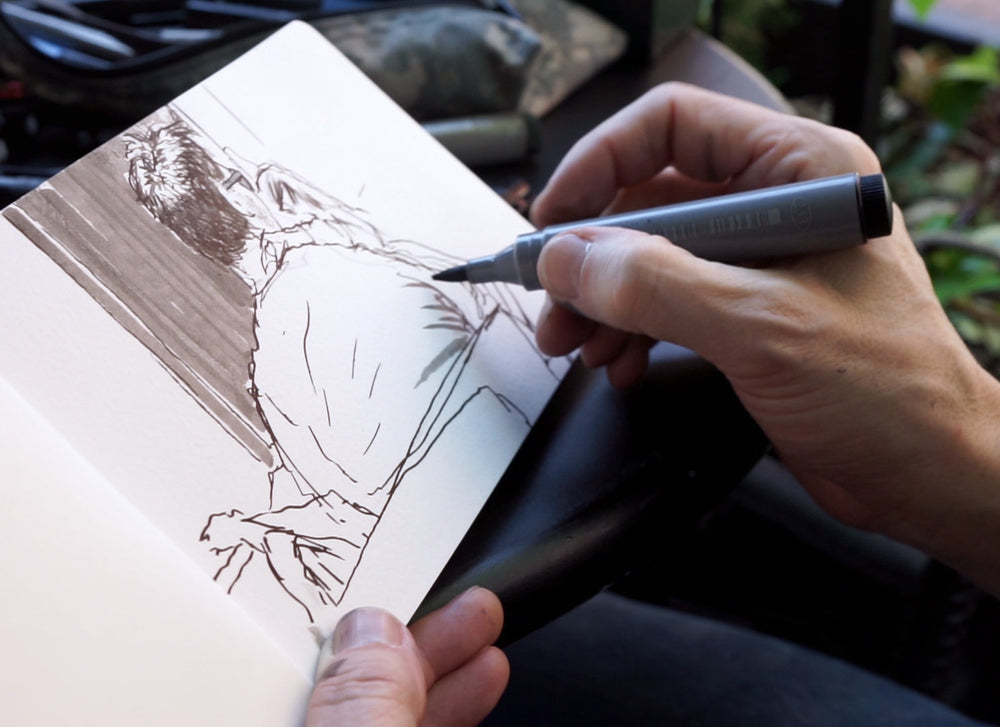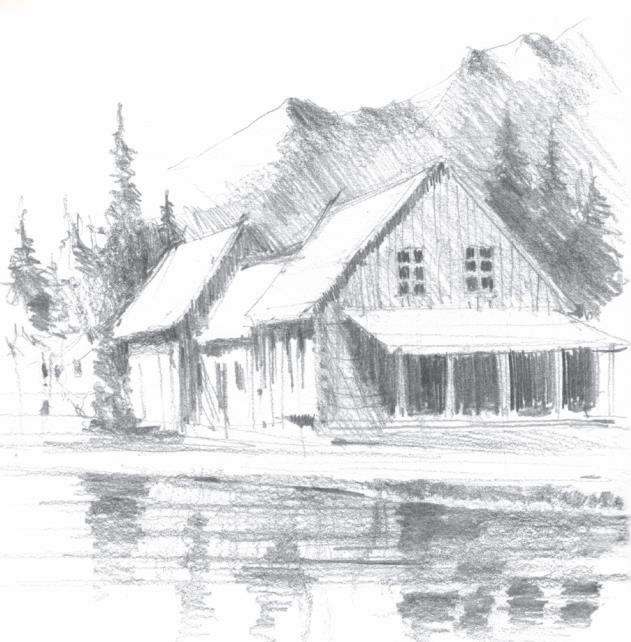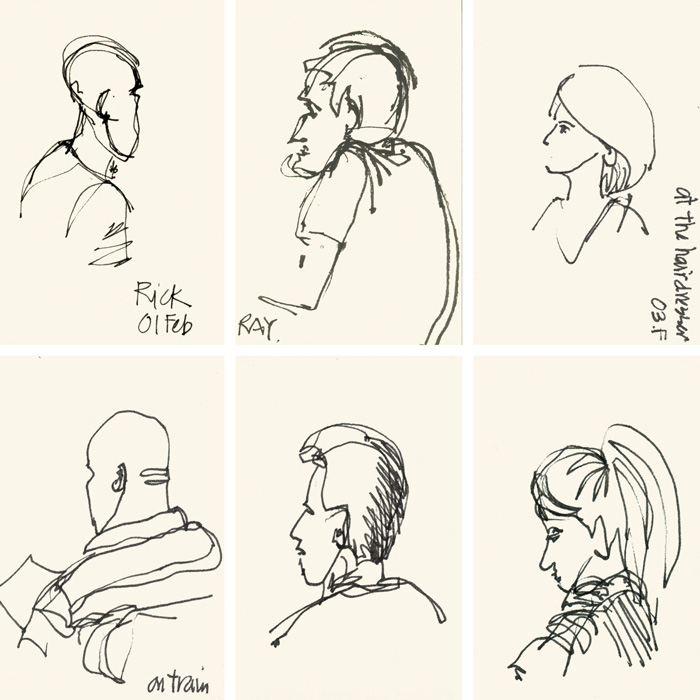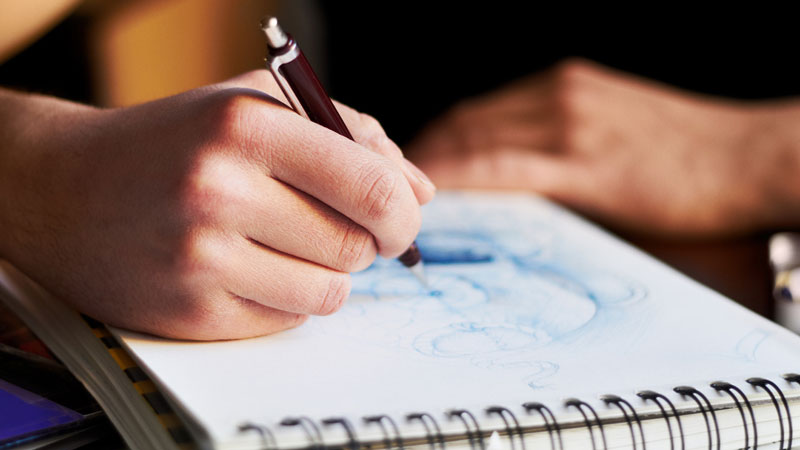
Welcome to the world of conte sketching, where creativity knows no bounds.
In this article, we will guide you on a journey from novice to pro, equipping you with the skills and techniques needed to master the art of conte sketching.
Discover the secrets of contour lines, the nuances of tone, and the importance of light sources.
With our expert insights and advanced techniques, you will unlock the true potential of your artistic expression.
Get ready to unleash your imagination and embark on an artistic adventure like no other.
Getting Started With Conte Sketching
To begin your journey into the world of conte sketching, it is essential to familiarize yourself with the fundamental techniques and materials used in this art form.
Choosing the right conte materials is crucial for achieving the desired effects in your sketches. Conte crayons come in various colors, including black, white, sepia, and sanguine, each offering unique possibilities for expression. Experimenting with different colors can add depth and dimension to your artwork.

Furthermore, finding inspiration for conte sketching is equally important. Look for subjects and scenes that resonate with you personally. Whether it's a bustling city street or a serene landscape, draw from what captivates your imagination.
Observe the interplay of light and shadow, the intricate details, and the emotions evoked by your surroundings. Let your creativity flow and explore the limitless possibilities of conte sketching.
Mastering Contour Lines for Conte Sketching
Developing a strong understanding of contour lines and their application is essential for any artist looking to master the art of conte sketching. Contour lines are the foundation of a drawing, providing structure and defining the form of the subject. To improve line quality, artists can experiment with different techniques such as varying line weight, using hatching or cross-hatching, and incorporating expressive strokes.
Contour lines can also be used to create texture and depth in a sketch. By using different line patterns and densities, artists can simulate the appearance of various surfaces and add dimension to their drawings. The key is to observe the subject closely and translate its unique characteristics onto the paper through the manipulation of contour lines.
With practice and experimentation, artists can master the art of creating dynamic and lifelike sketches through the mastery of contour lines.
Building Up Tones and Gradually Going Darker
As artists progress in their conte sketching journey, they can enhance the depth and realism of their drawings by building up tones and gradually going darker. This technique allows for a more nuanced representation of light and shadow, adding dimension and texture to their artwork.
Blending techniques for seamless transitions between tones is crucial in achieving a smooth and cohesive look. Artists can experiment with different types of conte, such as soft, hard, or powdered, to create unique effects. Soft conte can be easily blended and smudged, making it ideal for creating delicate transitions and subtle gradients.

On the other hand, hard conte offers more control and precision, allowing artists to achieve fine details and crisp lines. Powdered conte can be used to create atmospheric effects and add depth to shadows.
Understanding Light Sources and Preserving Highlights
While artists progress in their conte sketching journey, it is essential to understand light sources and preserve highlights to create a realistic and captivating artwork. Light and shadow play a crucial role in creating depth and dimension in conte sketching. By understanding how light interacts with different surfaces, artists can effectively capture texture and form.
Highlights, the brightest areas in a drawing, are vital in depicting the play of light on an object's surface. Preserving these highlights adds a sense of realism and luminosity to the artwork. Whether it's the glimmering reflection on a shiny surface or the soft glow on a textured object, mastering the art of preserving highlights brings life and vibrancy to a conte sketch.
It allows artists to create visually striking and engaging pieces that captivate the viewer's attention.
Exploring Advanced Techniques in Conte Sketching
Delving deeper into the realm of conte sketching, artists can effortlessly elevate their skills by exploring advanced techniques that push the boundaries of their artistic capabilities.
One of these techniques is advanced shading, which allows artists to create depth and dimension in their sketches. By mastering the art of shading, artists can add realism and a sense of three-dimensionality to their drawings. This can be achieved through the use of cross-hatching, stippling, or blending techniques.
Another advanced technique is creating texture with conte. Conte can be manipulated to mimic various textures such as fur, wood grain, or fabric. By experimenting with different strokes and pressure on the paper, artists can bring their sketches to life and make them more visually engaging.

These advanced techniques in conte sketching provide artists with the freedom to express their creativity and expand their artistic horizons.
Frequently Asked Questions
Can I Use Conte Sketching for Realistic Portrait Drawings?
Yes, conte sketching can be used to create realistic portrait drawings. By utilizing the unique texture and blending qualities of conte, artists can achieve lifelike renderings. Experimenting with different color palettes further enhances the depth and vibrancy of the portraits.
When it comes to conte sketching, it is important to choose the best brands for paper and tools. Beginners can benefit from tips on techniques to enhance their skills and unleash their creativity.
How Can I Fix Mistakes or Make Corrections in My Conte Sketches?
To effectively fix mistakes in conte sketches, it is important to have a keen eye for detail and utilize techniques such as erasing, blending, and adding additional layers of conte to refine the composition. Attention to light, shadows, and proportions is crucial for achieving a professional result.
Are There Any Specific Techniques for Achieving Texture and Depth in Conte Sketching?
Achieving texture and depth in conte sketching requires specific techniques. By varying pressure, blending, and using crosshatching, artists can create realistic textures and add depth to their sketches. These techniques enhance the overall visual impact of the artwork.
Can You Recommend Any Resources or Books for Further Learning and Inspiration in Conte Sketching?
There are many great resources and books available for further learning and inspiration in conte sketching. These include works by famous conte sketch artists throughout history and explore different styles and approaches in the art form.
 Writing TipsCreative WritingJournalingSketching TechniquesBuying GuidesPrivacy PolicyTerms And Conditions
Writing TipsCreative WritingJournalingSketching TechniquesBuying GuidesPrivacy PolicyTerms And Conditions
